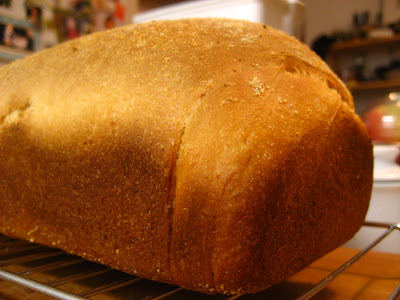sub obsession
J-Cat and I have been on the quest for a great Italian Sub sandwich for a while now. Despite living in a very Italian neighborhood, we just weren't happy with any of the ones we've tried. There are so many different interpretations of an Italian Sub, nobody seems able to agree on a name much less a standard ingredient list. I say "sub", many say "hero", some even say "combo". In other parts of the country they freakishly call these things "hoagies" or "grinders". But J-Cat and I grew up in the same place, and we grew up with a pretty specific idea of what an Italian Sub should be. Now, you will rarely catch one of us saying that we miss anything about Rockland County, but we came to the realization that they did make awesome Italian Subs up there, and we're positively despondent that we can't seem to find the exact same style of sandwich around here. How is this possible?
It's not that the subs we've tried around here are bad exactly, there's just always some element that isn't quite right. The bread, the combination of meats, the dressing, the fixings. It's so frustrating that after eating dozens of subpar subs, we've decided to take matters into our own hands.
So this weekend, we assembled the ingredients for what we consider the ultimate Italian Sub and did it our way. We were so happy with the results that we ate an obscene amount of sandwich, and decided that our home version is about 90% right. Our Italian Sub Philosophy:
1. The Foundation: The bread is perhaps the one element that was not as perfect as we wanted. It's the trickiest element. I think it needs to have a bit of a crunch to the crust, but too much and you're ripping up your upper palate. But too soft a bread and it gets all soggy from the dressing. There's a happy medium in there and we're determined to find it. In any case, it needs to have a soft inside to soak up the flavors.
2. The Meats: There are certain meats that are a hard and fast rule in Italian Subs. You must have Genoa Salami, you must have Hot Capicolla. The third meat (and generally there are three) should be some type of ham, but I'll allow that a couple of different styles could be acceptable. A simple ham works fine, a prosciutto might be too salty, a more bistro-style ham that falls somewhere in between is perfect. Some believe that Mortadella has a place in the Italian Sub. I'm not opposed to that, but I don't think it's necessary, and I definitely don't think you can substitute regular bologna in its place. There should be no pepperoni. Sorry, it just doesn't belong on this sandwich in my opinion. Between the salami and the capicolla, the pepperoni would just be over the top. In any case, the meats have to be sliced as thinly as possible.
3. The Cheese: Provolone. End of story.
4. The Fixings: Lettuce and onion are necessities, tomatoes are optional for me. I just don't like tomato on sandwiches. The big thing with the lettuce and onion is that they have to be shredded - truly shredded - so that the next ingredient can mingle properly. And I hate to say it because I know many would disagree, but peppers have no place on an Italian Sub.
5. The Dressing: Red wine vinegar! You cannot make an Italian Sub without it. No Balsamic, no white vinegar, no mustard. No! It must be red wine vinegar! And lots of it, on the bread, and on the lettuce. Olive oil, too, of course, plus a sprinkling of dry oregano, salt and pepper. The perfect finishing touches.






























